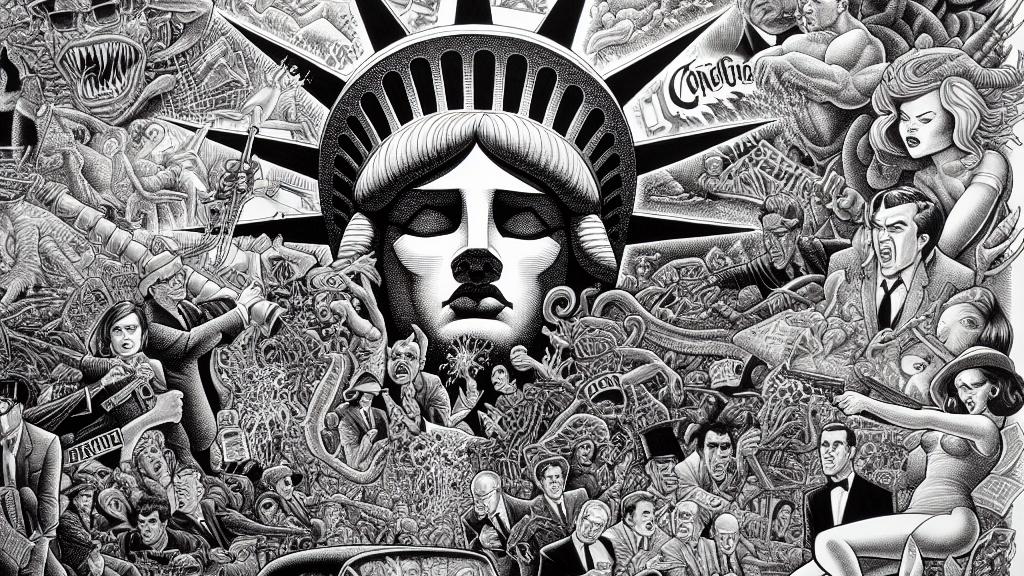Hollywood's New Twist: Debunking the Myths of Sex and Violence!
Overview
- An in-depth exploration of the transformational New Hollywood era and its portrayal of sex and violence.
- Analyzing the impact of the Hayes Code's dissolution on American cinematic narratives.
- Dissecting misconceptions of film criticism within the context of New Hollywood's legacy.

Unpacking the New Hollywood Phenomenon
The late 1960s ushered in the New Hollywood movement, an era characterized by groundbreaking storytelling that challenged the status quo of American cinema. At the center of this discussion is Japanese critic Sugito Niwaka, who critiques the conventional perceptions of this era as excessively leaning on sex and violence. Niwaka argues that many critiques exaggerate these characteristics, blurring the true innovative essence of films like 'Bonnie and Clyde' or 'The Graduate.' To properly understand these works, one must consider the impact of the Hayes Code, which had previously imposed strict censorship. The gradual relaxation of these restrictions allowed filmmakers to depict the raw complexities of human experiences, effectively transforming sex and violence from mere spectacle into integral elements that reflect societal dilemmas and moral narratives.
Historical Context and Thematic Evolution
Understanding the historical backdrop is essential for appreciating the significance of New Hollywood films. These productions emerged in response to the counterculture movement, the Vietnam War, and a society grappling with profound changes. Films like 'Chinatown' and 'Easy Rider' do more than just portray graphic content; they articulate the anxieties of a generation. Cinematic portrayals of violence became a means of exploring deeper themes of disillusionment and identity loss, with directors using bold narratives to engage audiences in dialogues about morality and authority. For instance, 'Bonnie and Clyde's' tragic ending signifies not only the fatal consequences of rebellion but showcases a shift in how audiences were encouraged to empathize with anti-heroes, reflecting the disintegration of traditional narratives of success and virtue.
The Transformative Role of Film Criticism
Film criticism during the New Hollywood era is just as essential as the films themselves, providing not only evaluations but also contextual frameworks for understanding their broader implications. In recent years, there has been a growing trend among critics to revise previous assumptions regarding the nature of New Hollywood films, challenging the narrow focus on sex and violence as mere sensationalism. Instead, contemporary criticism emphasizes the rich socio-cultural narratives embedded within these films. This shift reveals how filmmakers were not merely trying to shock audiences but rather provoke thought and discussion regarding the human condition. The acceptance and academic exploration of these films' complexities serve to fortify their legacy, illustrating how they pushed the boundaries of narrative filmmaking and paved the way for future cinematic innovation.

Loading...